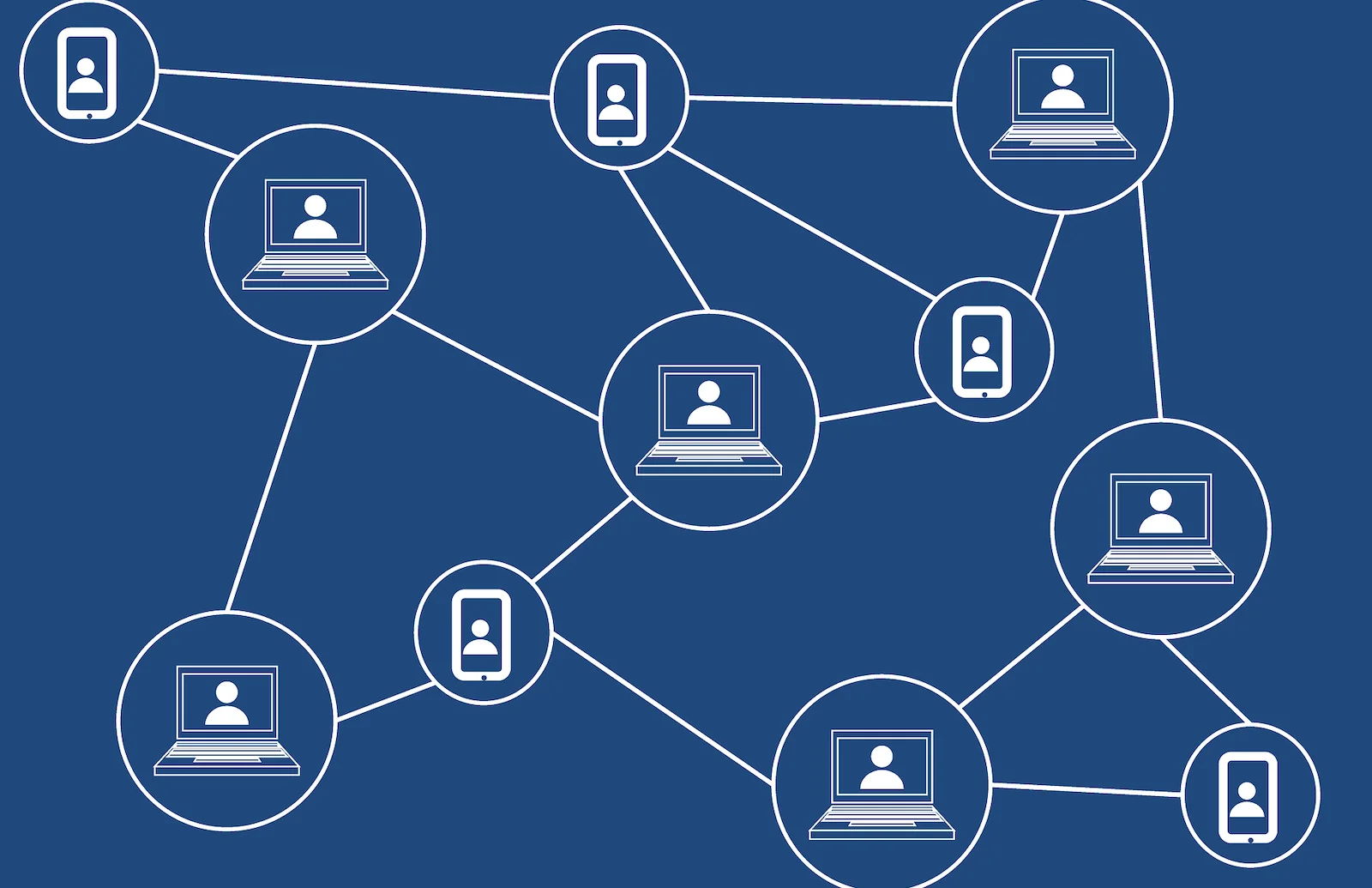Learn how blockchain works, from cryptographic algorithms to digital signatures, and discover the potential of this revolutionary technology.
Blockchain technology has the potential to revolutionize industries ranging from finance to real estate. But what exactly is blockchain, and how does it work? In this article, we’ll provide a step-by-step explanation of how blockchain works, as well as some use cases, potential limitations, and more.
What is Blockchain Technology?
At its most basic level, blockchain is a digital ledger that records transactions in a secure and transparent way. Unlike traditional databases, which are often centralized and controlled by a single entity, blockchain is decentralized and distributed across a network of computers. This means that there is no single point of failure or control, and the system is more resistant to hacking and fraud.
One of the key features of blockchain technology is its immutability. Once a transaction is recorded on the blockchain, it cannot be altered or deleted, ensuring a high degree of accuracy and transparency. This is achieved through the use of cryptographic algorithms and digital signatures, which verify the authenticity and integrity of each transaction.

How Blockchain Works – step by step
So, how does blockchain actually work? Let’s walk through a simple example:
- Anna wants to send John 1 bitcoin. She initiates a transaction by creating a digital message that includes her public key (a unique identifier for her account) and the amount of bitcoin she wants to send.
- This message is broadcast to the network of computers that make up the blockchain. Each computer (known as a node) checks the message to make sure it’s valid, and then adds it to a “block” of transactions.
- Once a block is full of transactions, it is added to the existing chain of blocks, forming a chain of blocks, or “blockchain”.
- Each block is linked to the previous block in the chain, creating a secure and unalterable record of all transactions on the blockchain. This is where the term “chain” comes from – each block is chained to the previous one.
- Miners or validators, who are individuals or companies that contribute computing power to the network, verify the transactions in the block and validate it. The exact mechanism depends on the type of consensus used by that particular blockchain.
- Once the block is validated, it is added to the blockchain and the process starts over again with a new block.
Types of Blockchains
There are two main types of blockchains: public and private. Public blockchains, like Bitcoin and Ethereum, are open to anyone and are not controlled by a single entity. Anyone can participate in the network and validate transactions, and the blockchain is completely transparent and auditable.
Private blockchains, on the other hand, are typically used by organizations and businesses for internal purposes. These blockchains are closed to the public and are controlled by a single entity or group of entities. They offer the benefits of blockchain technology, such as security and immutability, but with greater control and privacy.
Use Cases for Blockchain
There are a growing number of use cases for blockchain technology, ranging from finance to healthcare to supply chain management. Here are just a few examples:
- Cryptocurrencies: Bitcoin and other cryptocurrencies are built on blockchain technology, allowing for secure and transparent transactions without the need for intermediaries like banks.
- Supply Chain: Blockchain technology can be used to create a secure and transparent supply chain, allowing customers to track the origin and movement of products.
- Healthcare: Blockchain technology can be used to securely and transparently store and share patient data, improving the accuracy and efficiency of medical care.
- Real Estate: Blockchain technology can be used to securely and transparently record property transactions, reducing the need for intermediaries like title companies and escrow agents.
Potential Limitations and Challenges
While blockchain technology has many potential benefits, there are also several challenges that need to be addressed. One of the biggest challenges is scalability – as more transactions are added to the blockchain, the network can become slower and less efficient. This is a particular problem for public blockchains, which are used by millions of people around the world.
Another challenge is energy consumption. In the blockchains that use proof of work, the process of validating transactions and solving cryptographic puzzles requires a significant amount of computing power, which in turn requires a lot of energy. Some estimates suggest that the Bitcoin network alone consumes as much energy as a small country.
Despite these challenges, developers and researchers are working to address these issues and improve the scalability and efficiency of blockchain technology. Consensus algorithms, such as proof-of-stake or federated byzantine agreement, aim to reduce the energy consumption of blockchain networks, while innovations like sharding and sidechains aim to improve scalability.
Conclusion
In conclusion, blockchain technology has the potential to transform industries and change the way we live and work. By providing a secure and transparent way to record transactions, blockchain can reduce the need for intermediaries and improve efficiency. While there are still challenges to be addressed, the future of blockchain looks promising.
If you’re interested in learning more about how blockchain works and its potential use cases, continue exploring our crypto knowledge database.